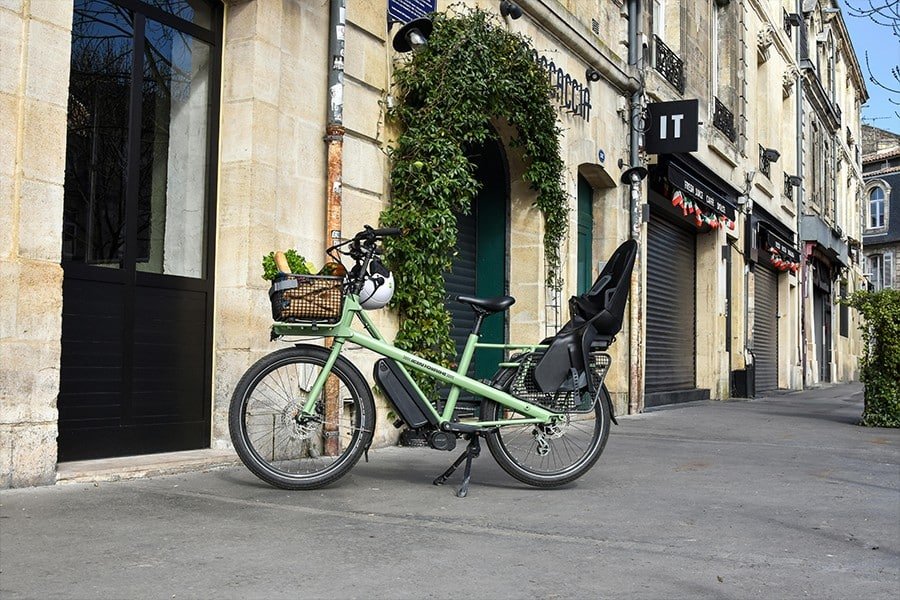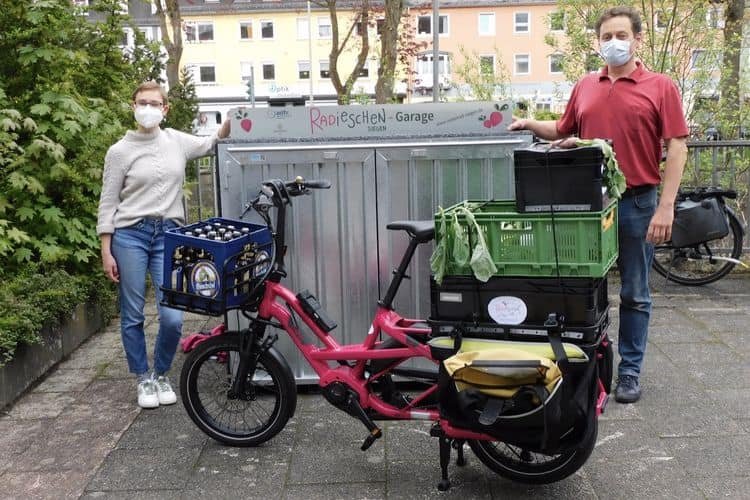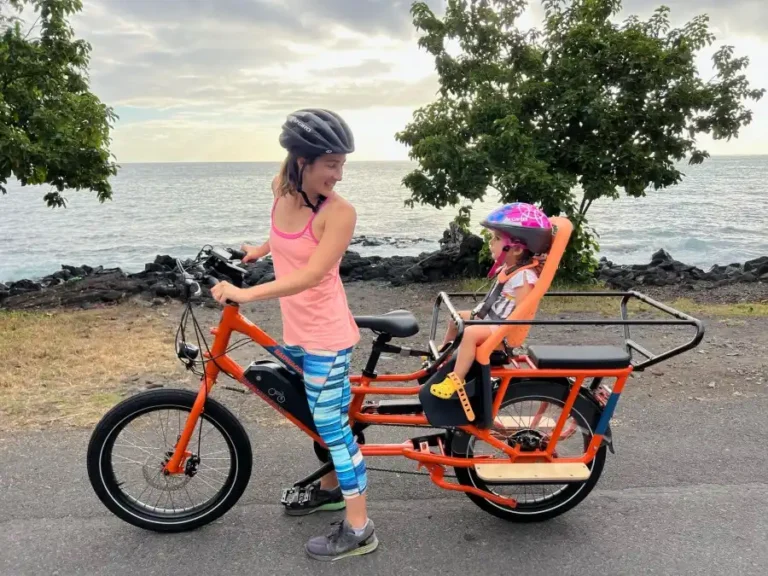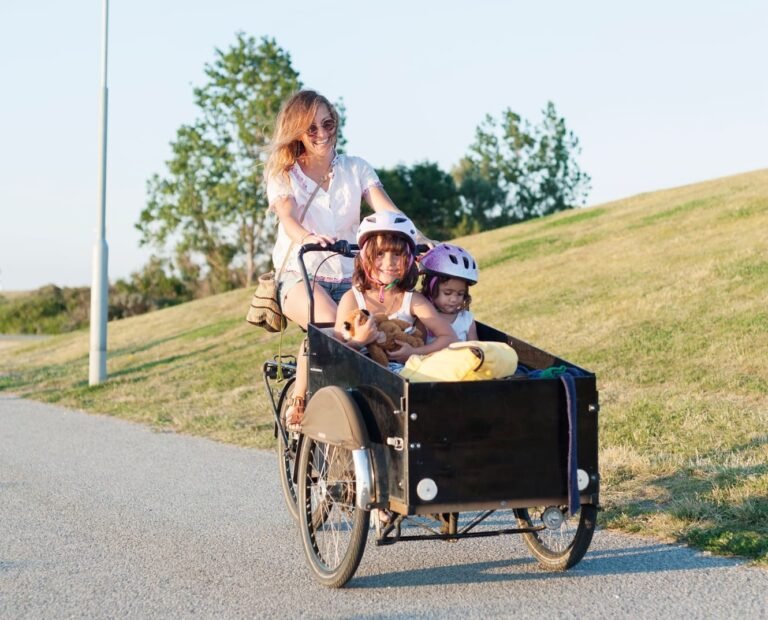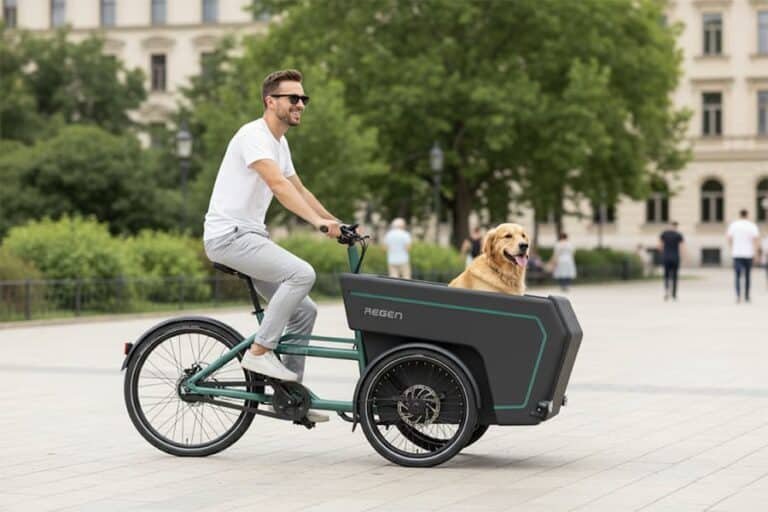As bicicletas de carga estão se tornando parte integrante da vida cotidiana, oferecendo soluções inovadoras para conveniência, segurança e mobilidade sustentável. Em 2025, mantenha-se à frente explorando estas 10 principais tendências em bicicletas de carga Moldando o futuro. Veja o que você deve considerar ao escolher a bicicleta de carga perfeita para sua família.
1. A eletrificação se torna o padrão
A tendência mais significativa que está revolucionando as bicicletas de carga é a adoção universal da assistência elétrica. Os consumidores preferem cada vez mais as bicicletas de carga elétricas devido à sua capacidade de transportar cargas mais pesadas com facilidade, transitar por terrenos acidentados e estender distâncias de pedalada com conforto.
Em mercados como Alemanha e Holanda, as bicicletas elétricas de carga já dominam as vendas, respondendo por mais de 80% das novas compras de bicicletas de carga. Até 2025, analistas do setor preveem que os modelos elétricos representarão quase todo o mercado de bicicletas de carga na Europa e na América do Norte, impulsionados pela maior duração da bateria, maior autonomia e redução dos custos da bateria.

2. Ascensão dos designs de carga modulares e versáteis
Consumidores e empresas buscam cada vez mais bicicletas de carga versáteis que se adaptem a múltiplos usos. Projetos modulares que permitem aos usuários trocar rapidamente entre compartimentos de carga, cadeirinhas infantis ou plataformas se tornarão muito populares.
Marcas como Urban Arrow, Riese & Müller e Tern estão na vanguarda, oferecendo configurações flexíveis que atendem às necessidades familiares e comerciais. Bicicletas de carga modulares economizam dinheiro para os usuários, eliminando a necessidade de bicicletas separadas para diferentes tarefas, o que as torna particularmente atraentes em áreas urbanas densamente povoadas.
Também mencionamos isso em detalhes em nosso Tendências do mercado global de bicicletas de carga para 2025
3. Modelos especializados para famílias e crianças
Bicicletas de carga voltadas para a família estão se tornando uma categoria de destaque à medida que as famílias urbanas abandonam o carro para viagens curtas. Bicicletas de carga adaptadas especificamente para o transporte de crianças contam com elementos de segurança aprimorados, assentos confortáveis para crianças, proteção contra intempéries e recursos fáceis de usar.
Em cidades como Copenhague e Amsterdã, mais de um quarto das famílias com vários filhos possuem bicicletas de carga. Modelos voltados para crianças, como o popular estilo "bakfiets" (bicicleta tipo caixa), provavelmente terão forte adoção global, impulsionados pela demanda dos consumidores por alternativas seguras e práticas aos carros familiares.

4. Bicicletas de carga compactas para a vida urbana
Outra preferência dos consumidores que está emergindo claramente são as bicicletas de carga compactas, especialmente entre os moradores urbanos. As restrições de espaço em apartamentos e ruas estreitas aumentaram a demanda por bicicletas de carga que ofereçam grande capacidade de carga, mas permaneçam compactas e fáceis de guardar.
Empresas como a Tern atenderam com sucesso a essa demanda com modelos como a GSD e a HSD, combinando amplo espaço de carga com dimensões compactas. A expectativa é que as bicicletas compactas de carga ganhem ainda mais popularidade entre os moradores das cidades, especialmente em áreas urbanas densamente povoadas na Europa, América do Norte e regiões da Ásia-Pacífico.
5. Aumento da popularidade das bicicletas de carga Longtail
As bicicletas de carga longtail, que ampliam o espaço de carga atrás do ciclista em vez de na frente, estão se tornando cada vez mais preferidas por clientes iniciantes no ciclismo de carga. As longtails proporcionam uma experiência de pedalada mais próxima das bicicletas tradicionais, tornando-as mais acessíveis para quem está migrando de bicicletas convencionais.
A América do Norte, em particular, tem testemunhado uma adoção significativa de bicicletas de carga longtail devido à sua facilidade de manuseio e familiaridade. Com o crescimento global do ciclismo de carga, especialmente entre indivíduos que buscam praticidade sem alterar drasticamente seus hábitos de ciclismo, as longtails devem se tornar ainda mais difundidas.
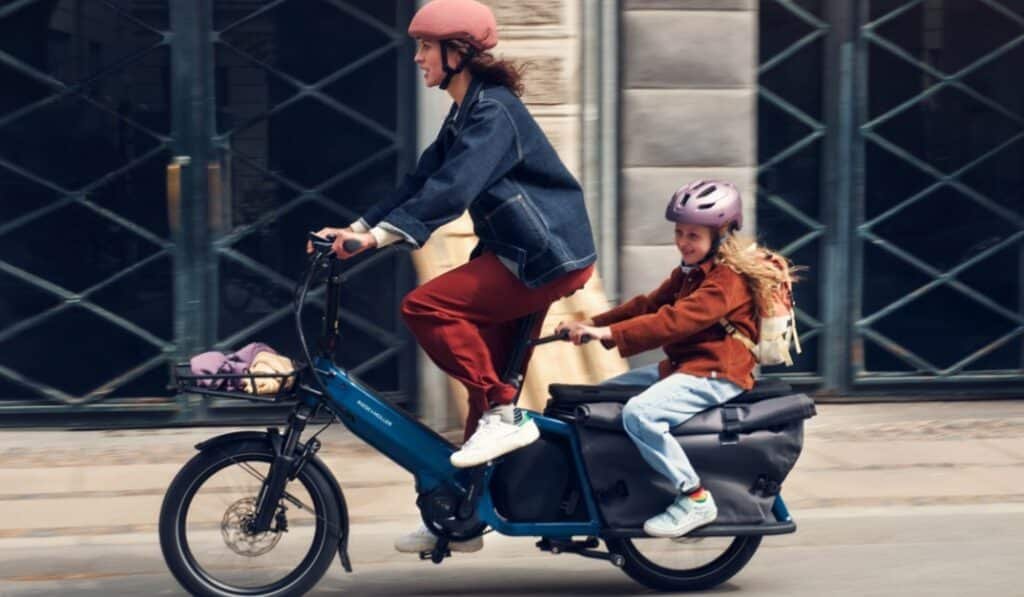
6. Bicicletas de carga pesadas de nível comercial
A ascensão dos serviços de entrega urbana e das empresas de logística que adotam bicicletas de carga levou ao crescimento das bicicletas de carga de nível comercial. Essas bicicletas são construídas especificamente para suportar o uso diário pesado, transportar cargas maiores e oferecer maior durabilidade e confiabilidade para aplicações comerciais.
Gigantes da logística como DHL, UPS e Amazon começaram a incorporar bicicletas de carga pesadas em suas frotas de entrega urbana. A preferência dos compradores comerciais está mudando para bicicletas de carga com quadros robustos, componentes reforçados, maior capacidade de carga (até 200 kg ou mais) e sistemas avançados de gerenciamento de frotas. Este setor provavelmente experimentará um crescimento significativo, impulsionado pelo boom do comércio eletrônico e pelas necessidades de entregas urbanas de última milha.

7. Integração de tecnologia e recursos inteligentes
Uma das tendências de produtos mais empolgantes em bicicletas de carga é a integração de tecnologia avançada e recursos inteligentes. Os clientes estão cada vez mais atraídos por bicicletas de carga equipadas com recursos como rastreamento por GPS, alarmes antirroubo, conectividade com smartphones, travas digitais e sistemas avançados de gerenciamento de bateria.
Os fabricantes estão respondendo incorporando sistemas de IoT (Internet das Coisas) em seus modelos, permitindo que os usuários monitorem a localização, as necessidades de manutenção e a saúde da bateria remotamente. Para usuários comerciais, a integração de softwares de gestão de frotas permite que os operadores rastreiem e otimizem as entregas de bicicletas de carga com eficiência. Essa tendência tecnológica é particularmente atraente para consumidores mais jovens e com conhecimento em tecnologia, além de empresas que buscam otimizar suas operações.

8. Aumento da adoção de bicicletas de carga de quatro rodas
Bicicletas de carga de quatro rodas, também conhecidas como quadriciclos, estão surgindo como uma alternativa aos modelos tradicionais de duas ou três rodas. Esses veículos oferecem maior estabilidade e capacidade de transporte de carga, ideais para itens mais pesados ou volumosos. São particularmente atraentes para empresas que exigem soluções de transporte de carga mais seguras e estáveis, como entregas de supermercado ou frete urbano.
9. Materiais sustentáveis e fabricação ecologicamente correta
Os consumidores estão priorizando cada vez mais a sustentabilidade, não apenas na operação dos veículos, mas também nos métodos de produção. Os fabricantes estão respondendo a essa demanda utilizando materiais sustentáveis e recicláveis, reduzindo as emissões de gases de efeito estufa e garantindo o descarte ecologicamente correto. Marcas de bicicletas de carga que enfatizam suas credenciais ecológicas terão forte impacto junto a clientes e empresas com consciência ambiental que buscam atingir metas de sustentabilidade.
10. Recursos aprimorados de segurança e conforto
Com o aumento do uso de bicicletas de carga, principalmente entre novos ciclistas e famílias, há uma ênfase crescente em recursos aprimorados de segurança e conforto. Inovações como sistemas de suspensão aprimorados, assentos ergonômicos, iluminação com melhor visibilidade e sistemas de frenagem avançados estão se tornando padrão. Essas melhorias tornam as bicicletas de carga mais acessíveis e atraentes, especialmente para famílias preocupadas com a segurança e operadores comerciais que buscam reduzir acidentes no local de trabalho.
Interessado em bicicleta de carga personalizada?
Gostaríamos de saber mais sobre as necessidades do seu negócio — seja para explorar colaboração OEM ou ODM, oportunidades de atacado ou uma parceria de longo prazo. Sinta-se à vontade para incluir estimativas de quantidade ou outras informações importantes.
Por último,
Até 2025, a equipe Regen constatou que essas dez principais tendências moldarão significativamente o mercado de bicicletas de carga, impulsionando a inovação de produtos e remodelando as preferências do consumidor. Tanto empresas quanto consumidores individuais sinalizam claramente uma preferência por bicicletas de carga versáteis, confiáveis e tecnologicamente avançadas. À medida que a mobilidade urbana evolui, as bicicletas de carga se tornarão, sem dúvida, essenciais para estratégias de transporte sustentável em todo o mundo, oferecendo soluções práticas para famílias, passageiros e empresas.


